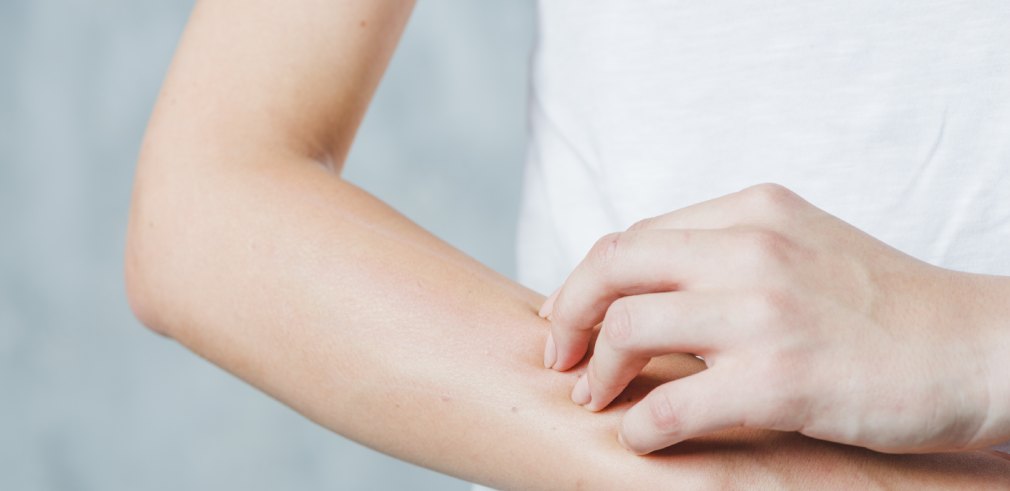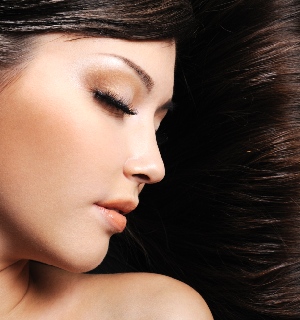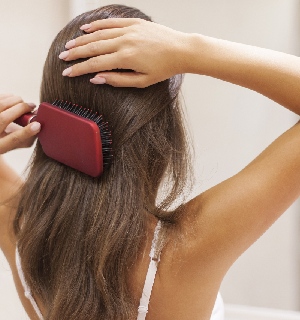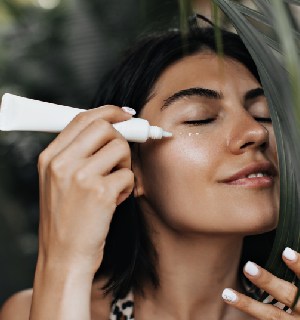Sweat gland has a duct to transport the produced sweat to the skin and then through sweat pores it comes out. When this duct is disrupted, it results in leakage of the sweat into the superficial layers of the skin resulting in a condition called Miliaria.
Ultraviolet light exposure, resident organisms on skin, and repeated sweating episodes are the facilitating factors. Based on the features and level of duct damage miliaria is divided into 4 types which are miliaria crystalline, miliaria rubra, miliaria pustulosa and miliaria profunda.
Miliaria crystallina consists of superficial fluid filled lesions that easily rupture when rubbed with a finger. The name crystalline is because these small fluid filled lesions look like crystals. They are common in infants when left in warm environments, including in intensive care units. In these medical facilities, the infants may be on medications that stimulate sweating and aggravate the problem.
Miliaria rubra commonly known as prickly heat results when obstructed sweat migrates deeper than in crystalline variety. This causes itchy, small and red bumps around the sweat pores. This disorder is common in infants, but also occurs in children and adults after repeated episodes of sweating in a hot, humid environment. The eruption usually subsides within a day after the patient moves to a cool environment. However, loss of sweating due to blockage associated with miliaria takes 2 weeks (the time needed to repair the affected sweat duct) to recover completely.
Some of the eruptions of miliaria rubra become pustular, resulting in miliaria pustulosa.
Miliaria profunda results when the sweat leaks into the deeper layers of skin. During exposure to intense heat, the affected skin can be uniformly covered with multiple discrete, flesh-colored bumps that resemble gooseflesh. Ductal blockade at various levels is the immediate cause of miliaria. It is not clear on what causes the blockage of the duct but treatment for this condition is to shift the patient to cooler environments. Multiple cold or ice water compresses, cold water baths and staying in air conditioned rooms is the treatment of choice. Application of calamine is soothing sometimes. For severely itchy and inflamed cases a short course of steroid lotion helps in relieving the symptoms.
 Whatsapp
Whatsapp Facebook
Facebook Twitter
Twitter Instagram
Instagram Linkedin
Linkedin Pinterest
Pinterest




